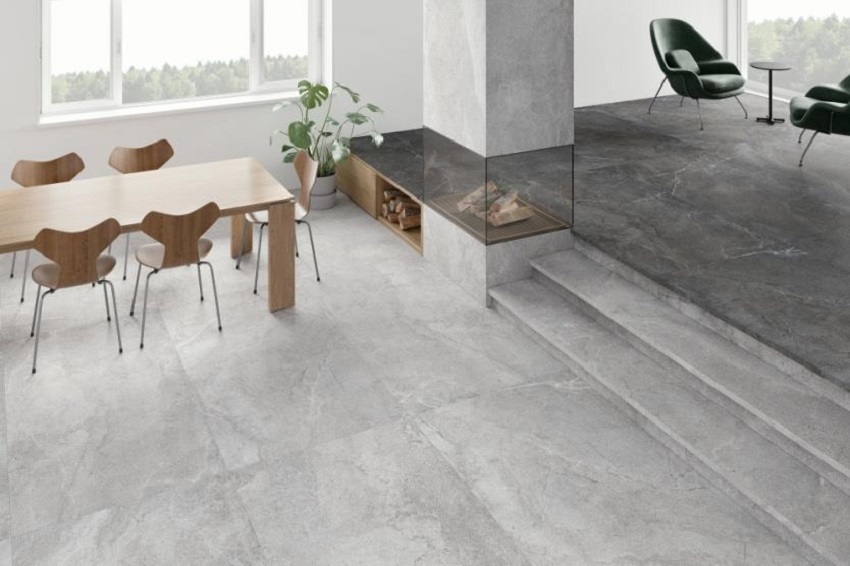When it comes to interior design and decorating, choosing the right materials for your floors and walls is crucial. Two popular options that often come up in conversations are mosaic and tiles. While they may seem similar at first glance, there are distinct differences between the two. In this article, we’ll explore the disparities and help you understand which option suits your needs best. This article is created by https://visualeyesdecor.com/
Embracing the Beauty of Surfaces
When designing or renovating a space, selecting the right materials for your surfaces is essential. Mosaic and tiles are both widely used, but they possess unique characteristics that set them apart. Let’s delve into the details and discover the differences between these two popular options.
Understanding Mosaic
Mosaic refers to the art of creating patterns or images by arranging small pieces of colored glass, stone, or other materials. Mosaic tiles designs have been around for centuries and are known for their intricate and detailed appearance. These small tiles, often called tesserae, are meticulously arranged to form beautiful patterns or murals.
The Artistry of Mosaic
Mosaic designs offer a level of artistry and craftsmanship that can transform any space into a visual masterpiece. From ancient Roman baths to modern-day installations, mosaic designs have captivated people with their exquisite beauty and attention to detail.
The Versatility of Mosaic
One of the standout features of mosaic is its versatility. Mosaic tiles can be used to create intricate patterns or as accents to complement larger tiles. They are available in various shapes, sizes, and colors, allowing for endless possibilities in design.
Popular Mosaic Brands and Models
Several renowned brands specialize in producing high-quality mosaic tiles. Some of the popular options include Bisazza, Sicis, and Trend. These brands offer a wide range of mosaic designs that cater to different styles and preferences.
Exploring Tiles
Tiles, on the other hand, are flat, thin pieces of material, typically ceramic or porcelain, used to cover surfaces such as floors, walls, and countertops. Tiles are manufactured in various sizes and shapes, and they come in an extensive range of colors, patterns, and textures.
Durability and Practicality of Tiles
Tiles are known for their durability and practicality. They are resistant to moisture, stains, and wear, making them ideal for high-traffic areas. Additionally, tiles are relatively easy to clean and maintain, making them a popular choice for bathrooms and kitchens.
The Aesthetic Appeal of Tiles
Tiles offer a wide array of aesthetic possibilities, allowing you to create the desired look for your space. From sleek and modern to classic and traditional, tiles can enhance the ambiance of any room. Whether you prefer a minimalist design or a bold statement, there is a tile option to suit your taste.
Notable Tile Brands and Models
Numerous reputable brands excel in producing high-quality tiles. Some of the prominent names in the industry include Porcelanosa, Marazzi, and Johnson Tiles. These brands offer an extensive selection of tiles that cater to different styles and budgets.
The Key Differences Between Mosaic and Tiles
While both mosaic and tiles serve as decorative elements for surfaces, there are several notable distinctions between the two:
- Composition: Mosaic tiles are made up of small tesserae, while tiles are typically larger and made of ceramic or porcelain.
- Design Options: Mosaic designs are intricate and can incorporate various colors and patterns. Tiles offer a broader range of design options, including different shapes, sizes, and textures.
- Installation: Mosaic requires meticulous installation to ensure the proper alignment of each tessera. Tiles, on the other hand, can be installed more quickly due to their larger size.
- Maintenance: Mosaic designs may require more care and attention due to the smaller individual pieces. Tiles, especially ceramic or porcelain ones, are generally easier to clean and maintain.
Conclusion
In summary, both mosaic and tiles are fantastic options for enhancing the beauty of surfaces. Mosaic designs showcase intricate artistry and provide endless possibilities for creating unique patterns. Tiles, on the other hand, offer durability, practicality, and a wide range of aesthetic choices. Ultimately, the choice between mosaic and tiles depends on your personal preferences, the design concept, and the specific requirements of your project.
FAQs (Frequently Asked Questions)
Can mosaic tiles be used for flooring?
Yes, mosaic tiles can be used for flooring. However, it’s important to consider the size and texture of the tesserae to ensure a suitable surface for walking.
Are tiles only suitable for bathrooms and kitchens?
No, tiles can be used in various spaces, including living rooms, bedrooms, and even outdoor areas. The versatility of tiles allows for creative applications throughout your home.
Do mosaic designs require professional installation?
While mosaic installation can be intricate, it is possible to install smaller mosaic designs as a DIY project. However, for larger or more complex patterns, it’s recommended to seek professional assistance.
Are mosaic tiles more expensive than regular tiles?
The cost of mosaic tiles can vary depending on the materials used, the intricacy of the design, and the brand. In general, mosaic tiles tend to be more expensive due to the additional craftsmanship involved.
Can I combine mosaic and tile designs in my project?
Absolutely! Combining mosaic and tile designs can create visually stunning results. You can use mosaic as an accent or focal point alongside larger tiles to add depth and interest to your space.




